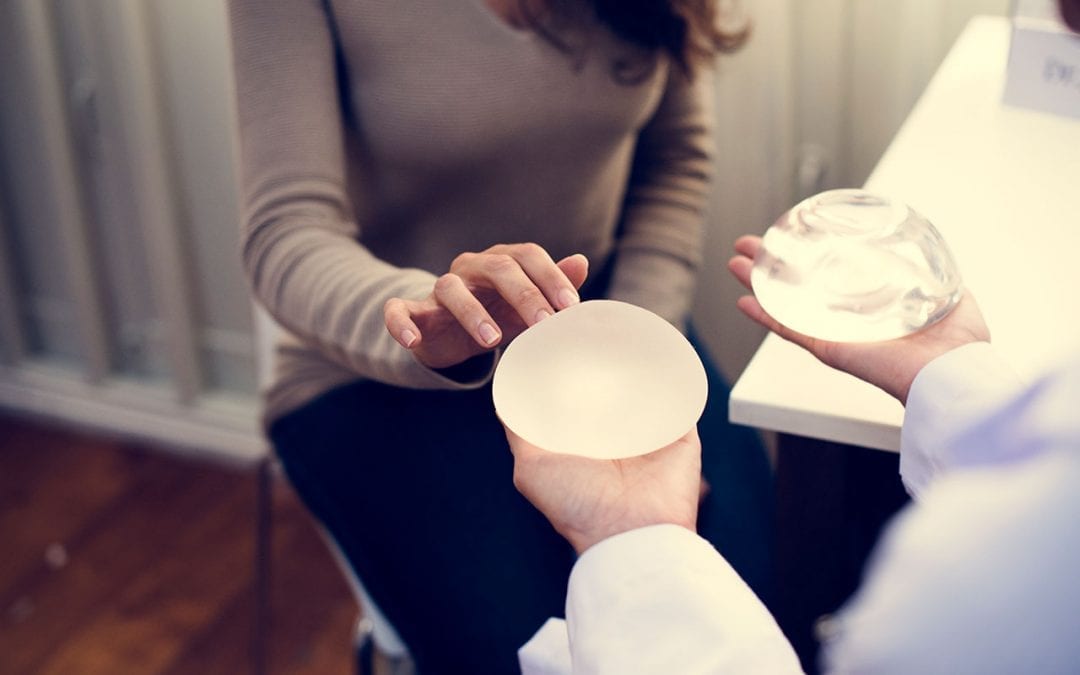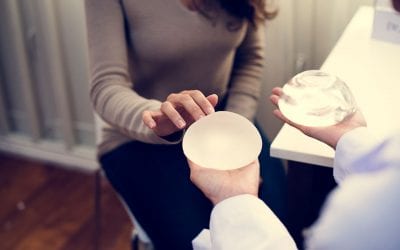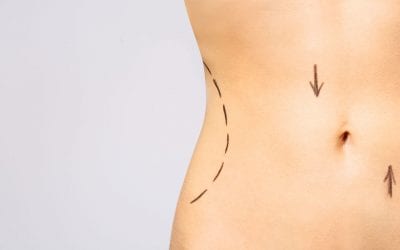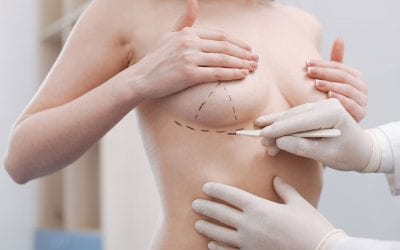A certain degree of size and shape asymmetry between the two breasts is very common in most women of all ages.
This is often barely noticeable but occasionally it can be significant enough to cause anxiety and embarrassment as it can affect choice of clothes and underwear.
Is surgery always necessary to correct asymmetry?
The answer to this depends on how much it affects various aspects of everyday life and whether the breast development is complete.
It would be a hard decision to recommend insertion of a silicone implant under the breast of a teenage girl who is still going through breast development; and a thorough clinical examination and consultation should always take place before any such decision.
Silicone breast implants are not always the ideal answer to breast asymmetry.
Nowadays new developments in breast reconstructive and aesthetic surgery, such as lipomodelling (also known as fat grafting or fat transfer) provide a natural and long lasting result for the appropriate cases of breast asymmetry.
The technique has certain limitations, and potential risks and complications, like any type of surgery, and should only be performed by surgeons with appropriate previous training and experience in this field of cosmetic surgery (see New lipomodelling guidelines for breast surgery/ BAPRAS)
A recent article published in the Plastic Surgical literature gives an overview of the technique and summarises the advantages.
Acta Chir Plast. Winter 2016;58(2):70-76.
Lipomodelling – advanced technique for the correction of Congenital hypoplastic breast malformations and deformities.
Streit L, Dražan L, Novák P, Schneiderová M, Dvořák Z, Teplá K, Veselý J.
Abstract
A variety of surgical techniques has been used to correct hypoplastic breast malformations and deformities, including tissue expanders, breast implants, custom chest wall implants, mammary gland remodelling, as well as locoregional or free flap. Case series of successful breast reconstruction using lipomodelling technique in one patient with severe Polands syndrome and two patients with tuberous breasts are reported together with literature review. No surgical complications were observed and ultrasound examination did not reveal any pathology in breast tissue other than oil pseudocysts postoperatively. In both malformations, submammary fold was moved downwards. Moreover, the lower part of the breast and areolar herniation was corrected in tuberous breast, and in Polands syndrome, the areolar complex was significantly shifted downwards and laterally. In comparison with other reconstructive techniques, lipomodelling allows for the breast correction to begin in early adolescence. Further growth of the unaffected breast may be effectively corrected by subsequent lipomodelling session. This technique appears to change the overall approach to the management of hypoplastic breast and chest wall malformations.





Recent Comments